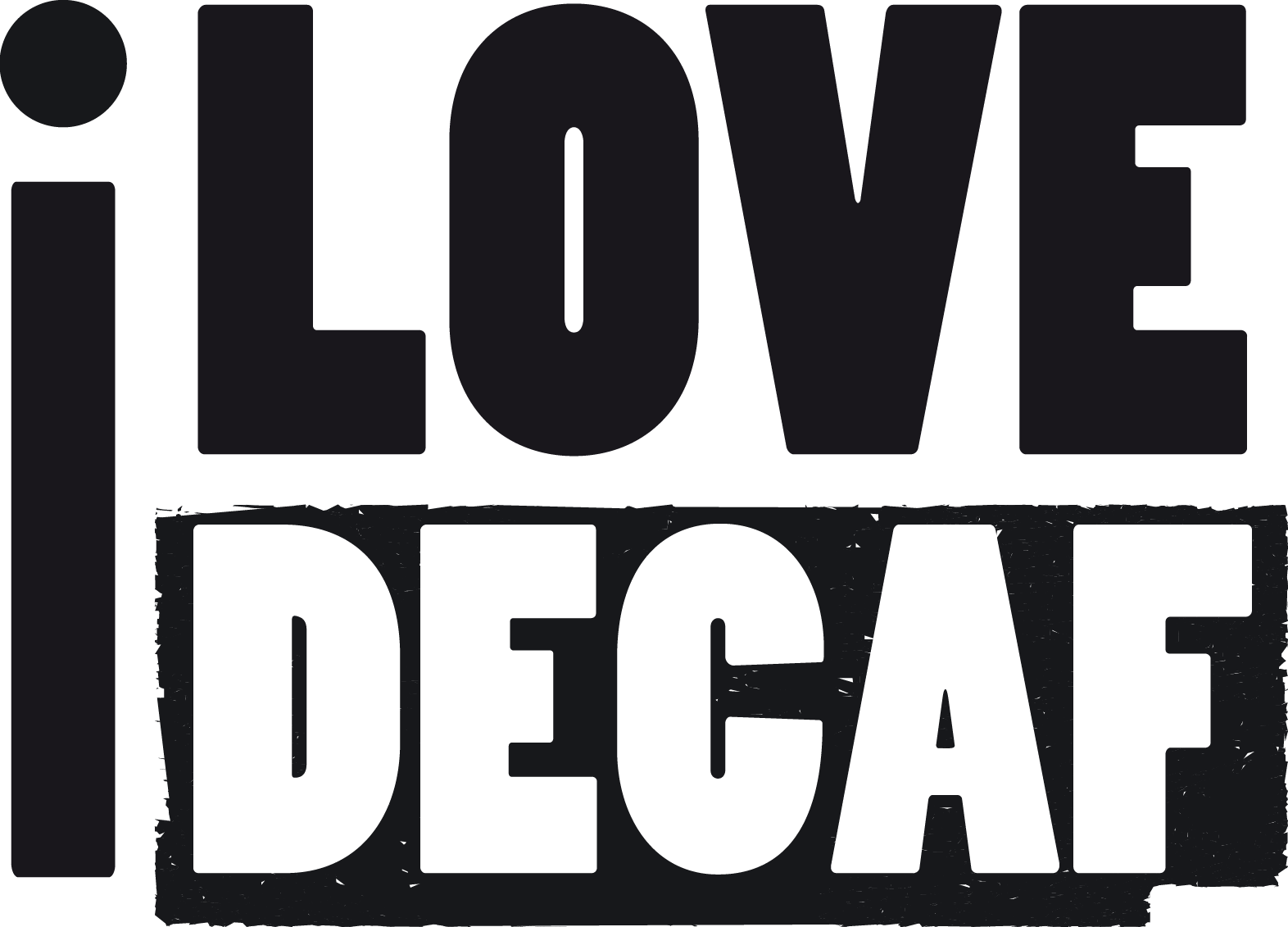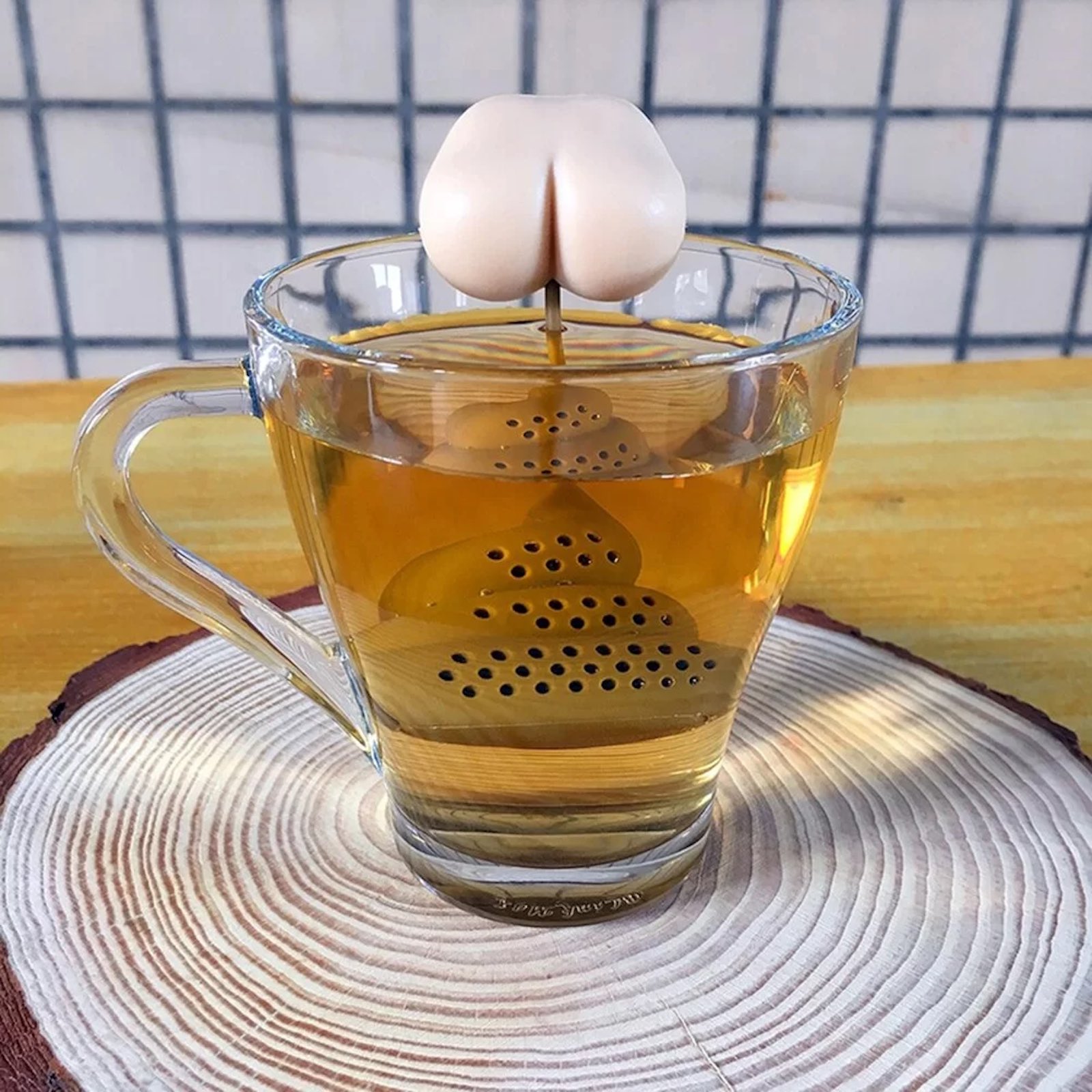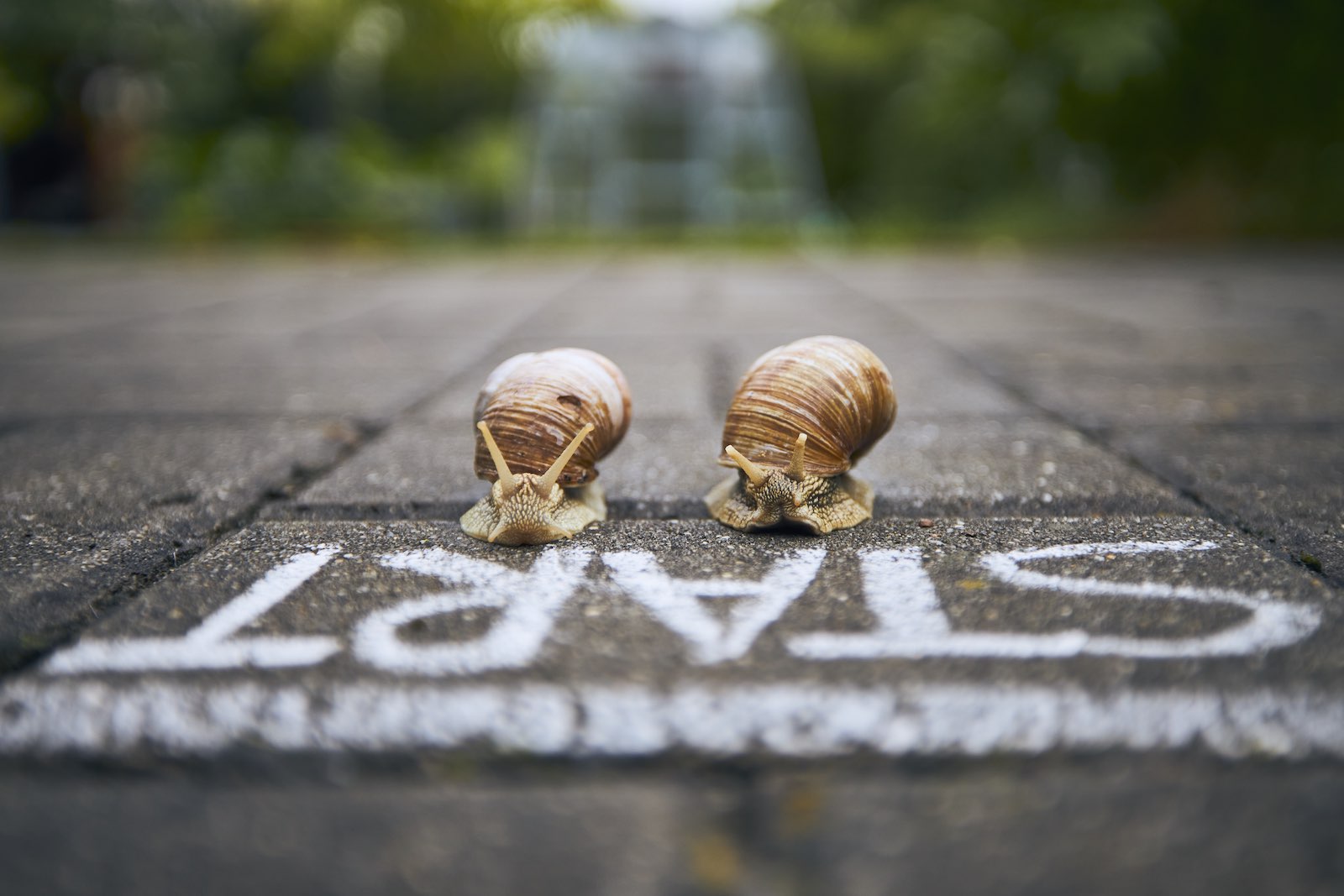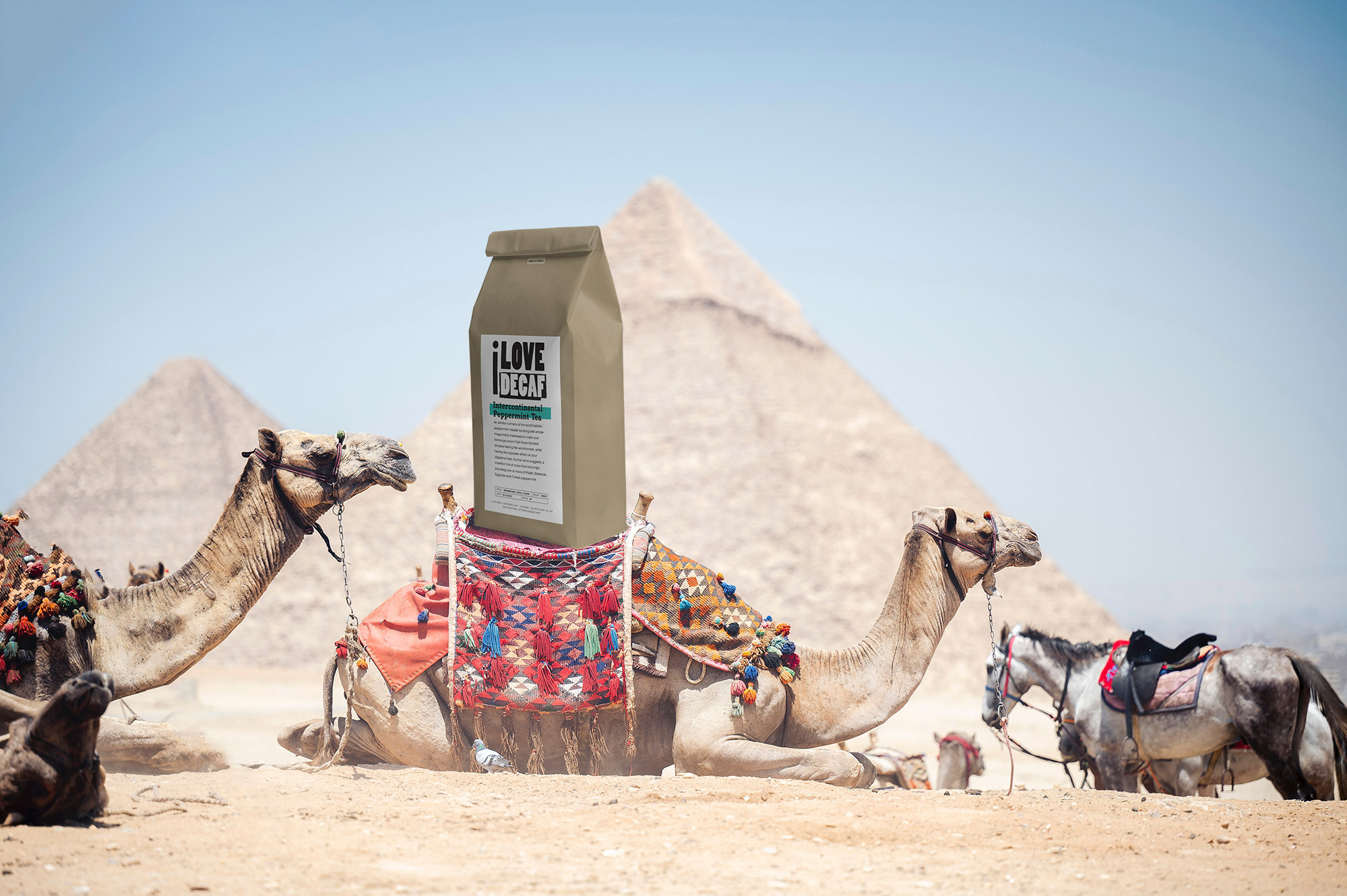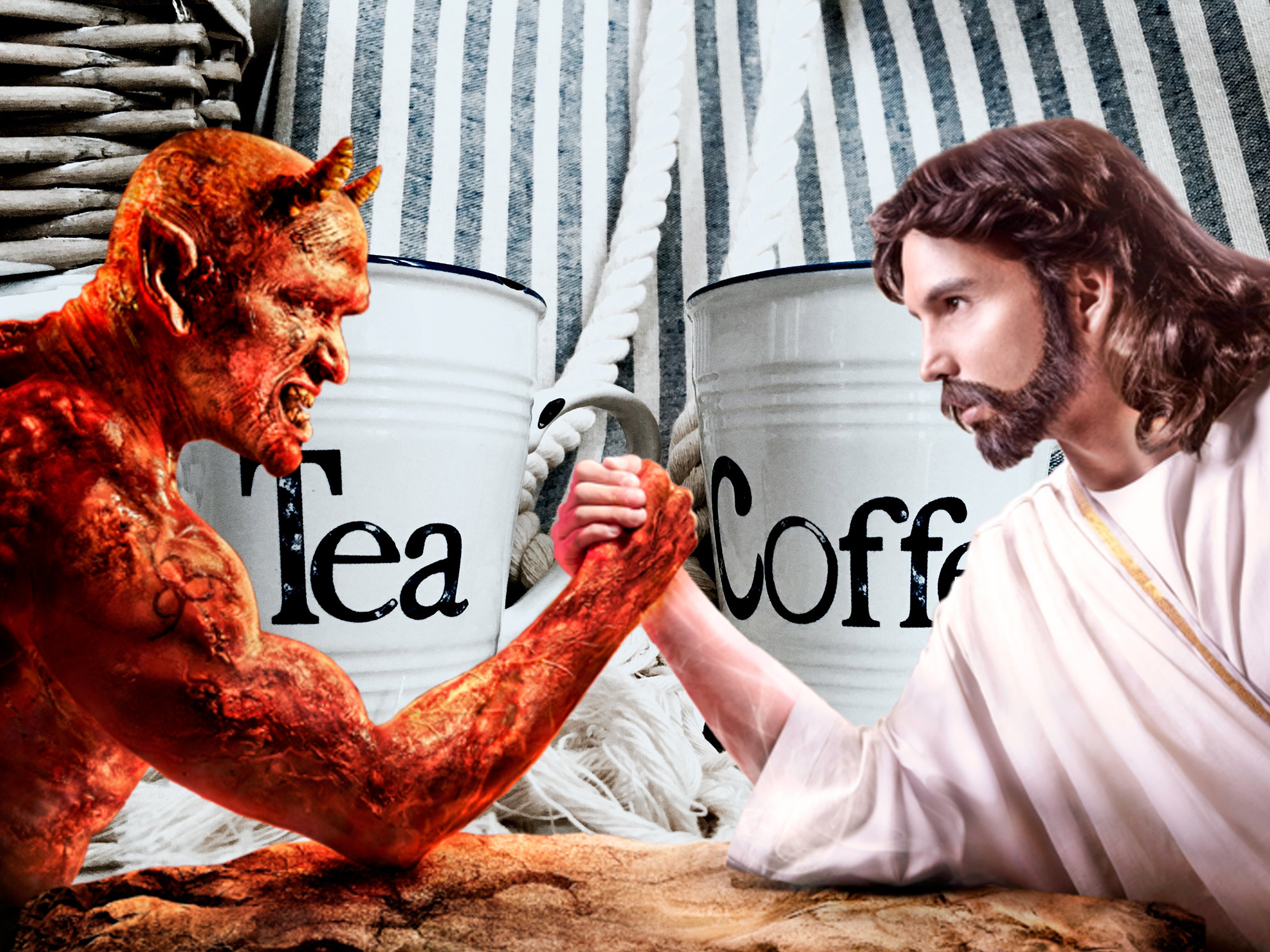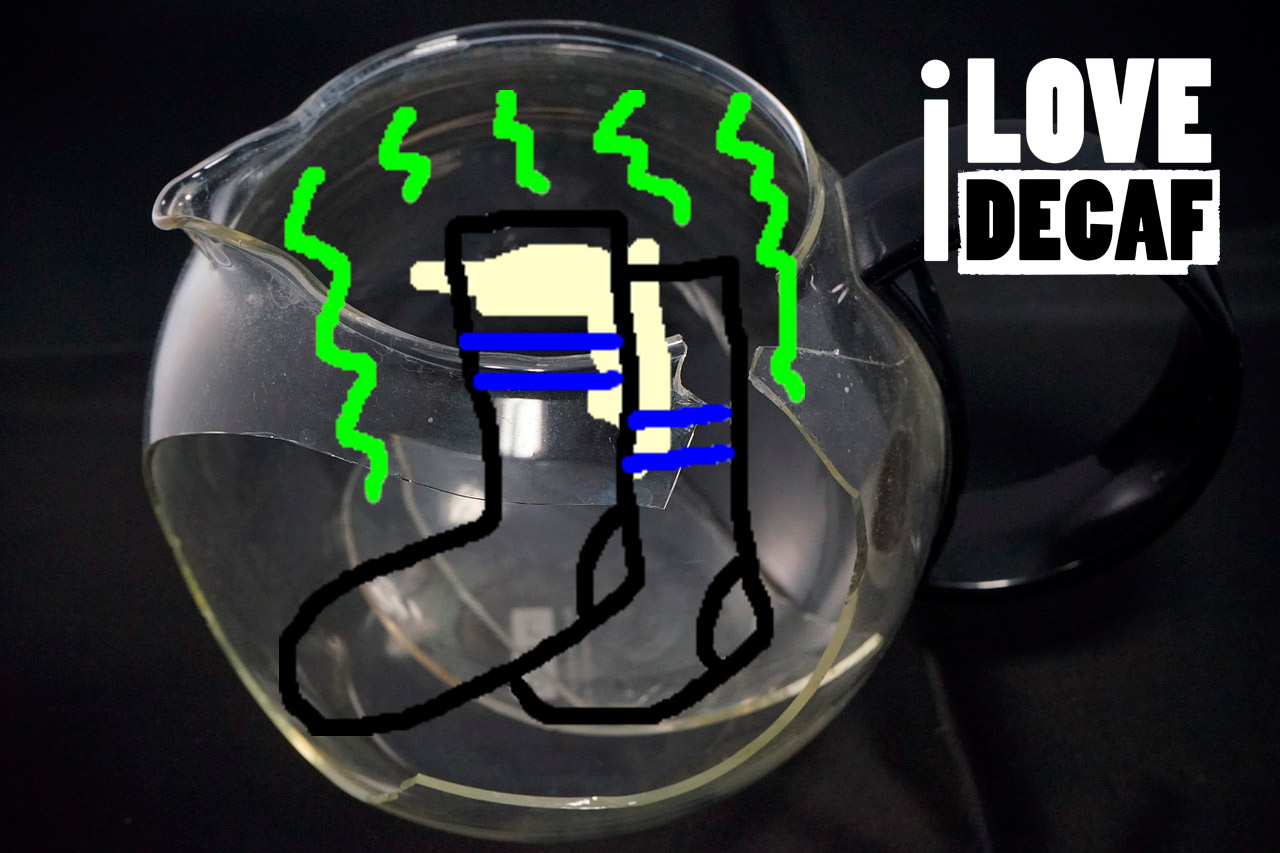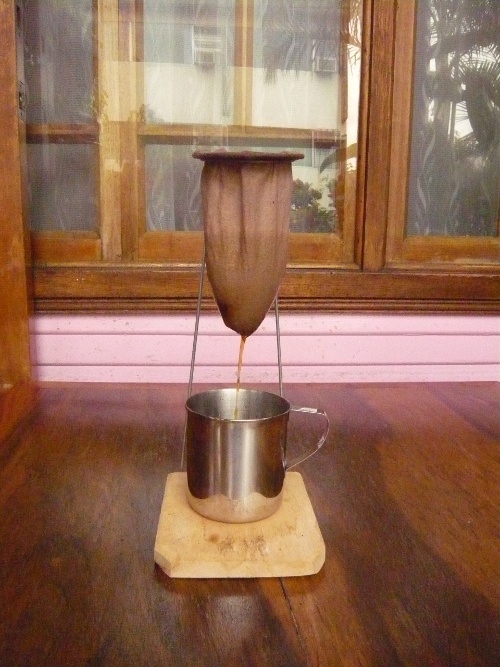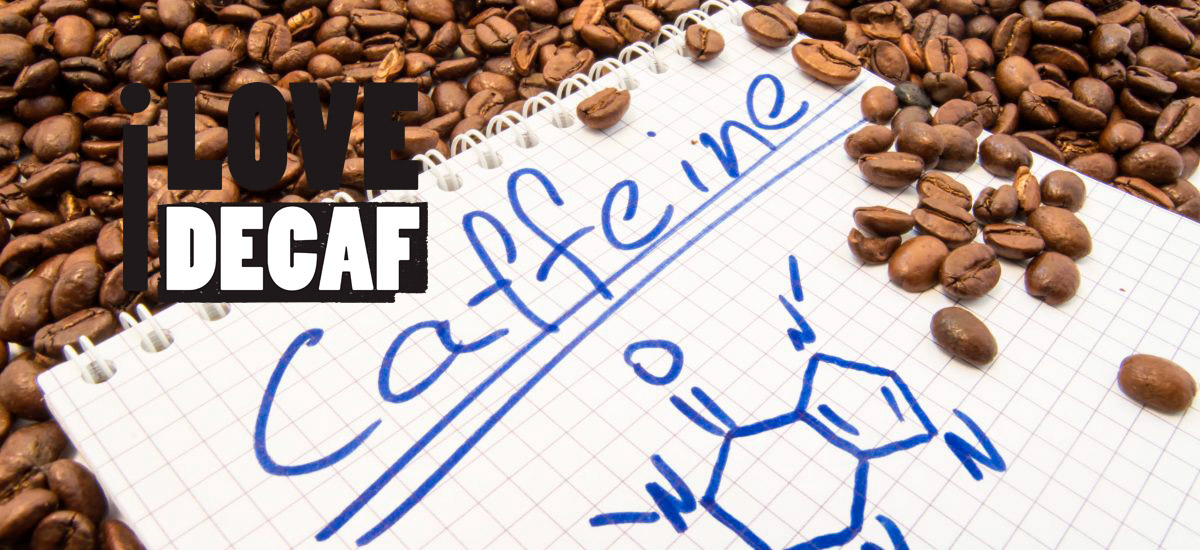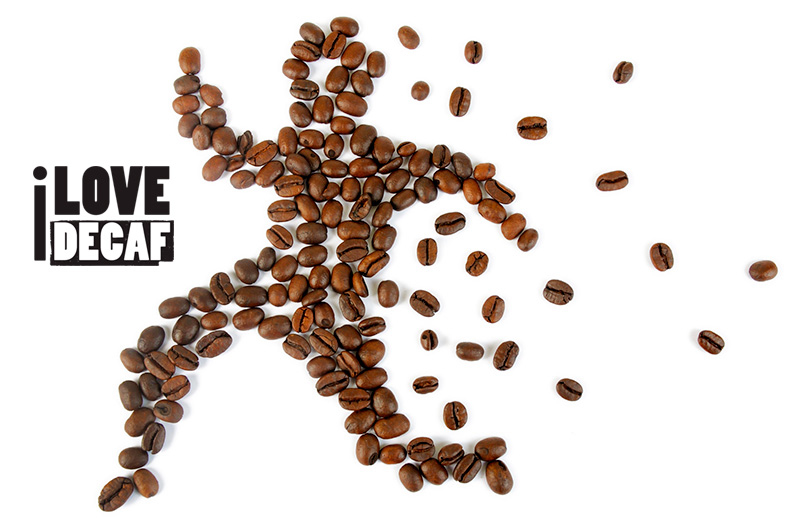Do You Want to See Some Funny Tea Infusers?
If you’re in the market for a new tea infuser, why not choose one that’s fun and funny? You can find infusers in all shapes and sizes, and many of them are quite silly. From animals to characters to food items, there’s something for everyone. We’ve put together a list of the funniest and silliest tea infusers on the planet.
1. What makes a good tea infuser?
When looking for a good tea infuser, you want one that will allow the flavours of the leaves to disperse through the filter, while preventing any bits from doing the same. You also want one that is easy to clean and will improve your mood during the day. Some infusers are more funny than others or more disgusting.
2. How to choose the right infuser for your tea and coffee needs?
When it comes to choosing the right tea infuser for your needs, there are a few things to consider. First, you need to decide what type of tea you want to brew. Loose-leaf teas require a large infuser with plenty of room for the leaves to expand, while bagged teas can be brewed in a smaller infuser. Second, you need to decide what type of material you want your infuser made of. Stainless steel and silicone are both durable materials that are safe for use with hot water, while plastic infusers can be less durable and may not be safe for use with all types of tea. Finally, you need to decide what type of Infuser you want. The most popular types are the teapot infuser, the travel mug infuser and the hanging infuser.
3. What are the benefits of using a tea infuser?
Tea infusers have a number of benefits. Not only do they make it easy to brew a perfect cup of tea, but they also keep the leaves out of your drink. This means that you can enjoy the full flavour of the tea without any bits getting in the way. Plus, they’re just plain fun! With so many different designs and characters to choose from, you’re sure to find one that you love. Whether you’re looking for a silly tea infuser that will put a smile on your face every morning or a practical one that will make your tea brewing experience easier, we’ve got you covered. So whatever your preference, we’ve got the perfect tea infuser for you!
4. Types of tea infusers?
There are all sorts of tea infusers on the market these days, but which one is right for you? If you’re looking for something fun and silly, we’ve got just the thing. From Heavy Metal Satantic Skull Loose Leaf Tea Infusers to Potentially Funny Poo in a Cup Tea Infusers, we’ve got a variety of tea infusers that will make you laugh. If you’re looking for something a little more cute, check out our Cute Whale Loose Leaf Tea Infuser or our Umbrella, Shark, Ball, Owl or Leaf Loose Leaf Tea Infuser. And for those who want to feel like they’re from another planet, we’ve got the Rocket Loose Leaf Tea Infuser Made by Martians. No matter what your style, we’ve got the perfect tea infuser for you!
5. Funny tea infuser designs
If you’re looking for a tea infuser that doubles as a fun and quirky kitchen accessory, then you’ll love our collection of funny tea infusers. From aliens to skulls, we’ve got a wide variety of designs to choose from. Tea time will never be the same again! Our Heavy Metal Satanic Skull Loose Leaf Tea Infuser is perfect for those who love a good scare, while our Poo in a Cup Tea Infuser is sure to get a laugh from your family and friends. If you’re looking for something a little more cute and cuddly, our Whale Loose Leaf Tea Infuser is perfect. No matter what your taste, we’ve got the perfect funny tea infuser for you!
